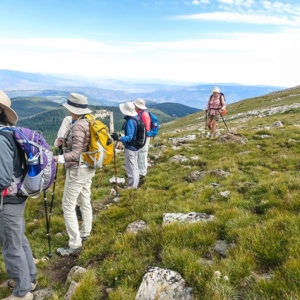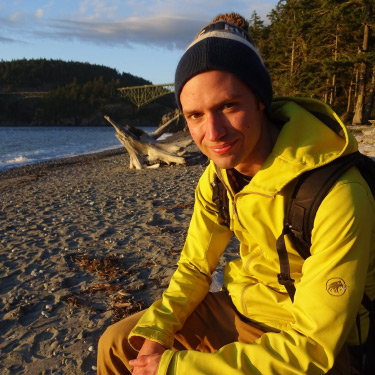
The seven principles of ‘Leave No Trace’ were developed 25 years ago, along with the Leave No Trace organization, to advocate for responsible recreation and help preserve wild spaces. They are a large part of why our alpine passes aren’t littered with trash and backcountry campsites don’t house communal burn piles. While this may seem par for the course in the scheme of the North American wilderness ethic, in many mountain regions throughout the world the aforementioned scenarios are commonplace.
In Colorado, two of these principles, ‘travel one durable surfaces' and ‘respect wildlife’, have added significance and nuance during the late spring and early summer. While April 15 marked the opening of dozens of local trails, that date also marked the beginning of seasonal closures for others. This may seem like an odd coincidence--why would some trails close on the same date others open?
There are two main reasons for the seasonal tail closures we experience. The first is to protect muddy trails. Many local trail systems, especially those designed and maintained for mountain bikers such as the West Avon Preserve, close seasonally to prevent trail damage. In nearly every other season trails count as the best of ‘durable surfaces’ under Leave No Trace. However, during spring ‘mud season’, trails are vulnerable to erosion. Hundreds of hikers and bikers on a muddy trail can destabilize the surrounding topsoil, widen the trail, create ruts, and turn a well maintained trail into a miniature model of the Grand Canyon. Not only do eroding trails impact the surrounding habitat and your hiking or biking experience, they add hours of future trail work to already over-stressed trail crews.
The second reason for local trail closures is to accommodate wildlife patterns, especially Elk calving. The recently closed forest service trails (along with others closing in the coming weeks) fall into this category. Each Spring, from early May through mid-June, elk give birth. Cow elk require specific habitat and topography in order to raise and protect their young during this vulnerable period, often returning to the same areas year after year. However, research suggests that this pattern can be interrupted by increased pressure from human activity causing elk to seek new habitat. In the Vail area, suitable habitat is already greatly limited and increasingly fragmented by our roads and new development. With deep snowpacks persisting high in the mountains, historic elk calving habitat overlaps with many lower elevation up-valley trails.
While weather patterns this year seem to have skipped spring and jumped head first into summer, our trail conditions & resident wildlife have not. Muddy trails persist in forested up-valley locations where the snowpack is still receding, and elk herds roam low in the valleys waiting for the high mountains to melt out.
Look, we get it. Warm weather and nearly two months of stay at home & safer at home orders have all of us eager to escape into the wilderness on our favorite trails. However, respecting these trail closures is not simply about following regulations. It is an ethos that ties heavily into the principles of Leave no Trace, and at its core is about respecting the wildlife and wilderness opportunities that brought us all to this valley in the first place. This ethos extends beyond respecting the official closures as well. As we all venture further out in the coming weeks, consider calling it a day when the trails start to get muddy, or picking another hike if you start to see fresh elk scat and tufts of fir--signs of a local herd. To check whether your next hike is open, visit the vail valley mountain trail alliance website, www.vvmta.org, or www.walkingmountains.org/trailclosures.







